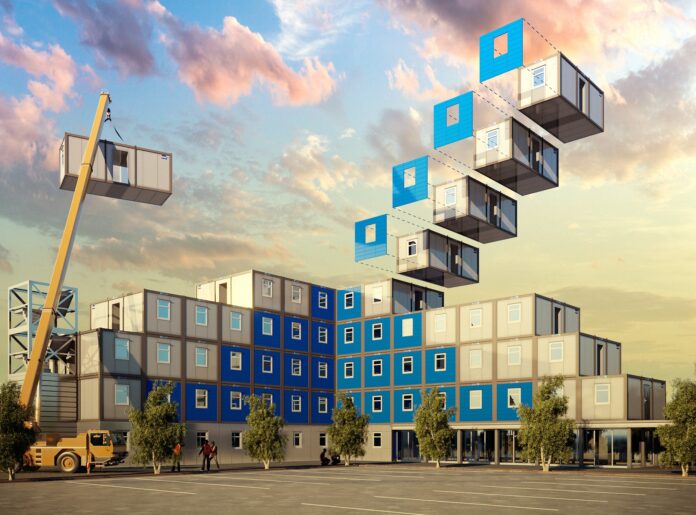Prefabricated buildings, or “prefabs,” are becoming increasingly popular in the construction industry. These structures are created off-site and then transported to their final destination, where they are assembled. The rise of prefabricated buildings has led to many people questioning whether they are a replacement for traditional offices. This article will explore the benefits and certain limitations of metal office buildings to traditional offices.
Benefits of Prefabricated Buildings
One of the main benefits of prefabricated buildings is their speed of construction. Since the components are created off-site, construction time is significantly reduced, allowing for quicker occupancy. Additionally, the manufacturing process is highly efficient, resulting in less material waste and lower costs. Prefabs also offer flexibility in design, as they can be customized to meet the specific needs of a business. They are also highly durable and require minimal maintenance, making them an excellent long-term investment.
Cost Comparison
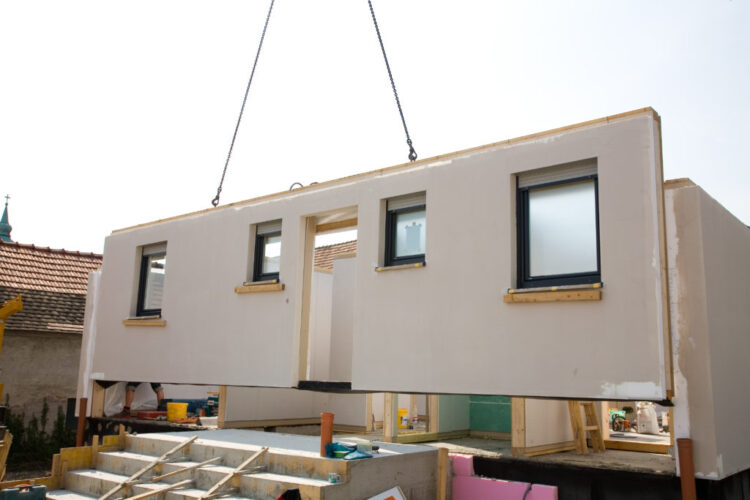
Prefabricated buildings offer significant advantages over traditional offices. As mentioned earlier, the efficiency of the manufacturing process means that prefabs are typically less expensive to construct than traditional buildings. Studies have shown that prefabricated buildings can be up to 20% cheaper than traditional construction methods.
These cost savings can be attributed to several factors, including reduced labor costs due to the shorter construction time and fewer materials needed for the manufacturing process. Additionally, prefabs require minimal on-site labor, resulting in lower construction costs. They are also designed to be low maintenance, which can save money over the long term. They do not require painting or sealing, as metal is naturally resistant to rust and corrosion. This eliminates the need for regular upkeep and reduces the risk of structural damage.
Environmental Impact
Another consideration when comparing prefabricated buildings to traditional offices is their environmental impact. Prefabs are known for their high energy efficiency, superior insulation and airtightness. The manufacturing process produces less waste and requires fewer resources, making it a more sustainable option. However, the environmental benefits of prefabs are offset by the limited range of materials available for construction and the need for transportation during the assembly process.
Versatility and Adaptability
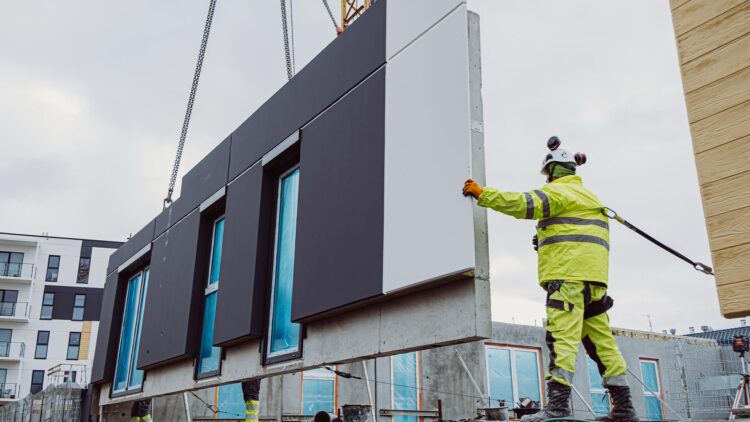
One of the critical advantages of prefabricated buildings is their versatility and adaptability. Prefabs are designed to be modular, with individual units that can be easily assembled or disassembled. This modular design allows for easy expansion or reduction of the building, making it an excellent option for businesses with changing needs. For example, a growing business may require additional office space, which can be easily accommodated by adding more prefab units.
The versatility of prefabs extends beyond the ability to expand or reduce the building size. They can also be easily relocated to a new site, making them an excellent option for businesses that need to move frequently.
Aesthetics and Customization
One of the concerns many people have about prefabricated buildings is their lack of variety in aesthetics and customization options. While it’s true that prefabs are typically made from metal, there are many ways to customize the appearance of a prefab building. For example, the exterior can be finished with a variety of materials, such as brick or stucco, to create a more traditional look. Additionally, the interior can be customized with a variety of finishes and materials, such as drywall or wood paneling.
Design and Functionality
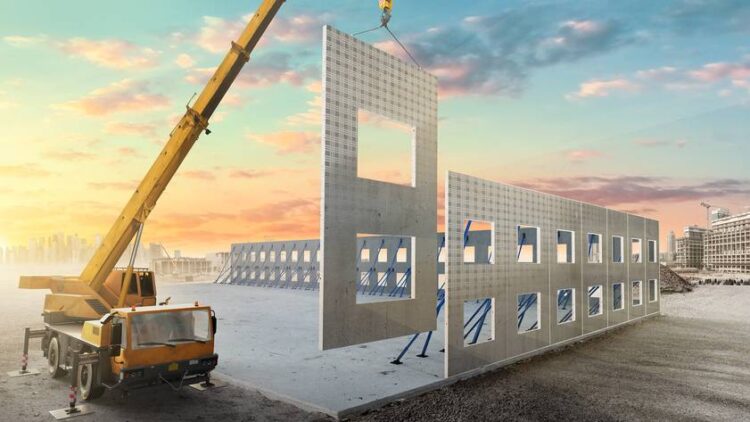
One of the most important considerations when choosing between a traditional office and a prefabricated building is the design and functionality of the space. While prefabs offer a lot of flexibility in terms of design, they may not be suitable for all types of businesses. For example, a business that requires a lot of natural light may not find a prefab building to be suitable, as they often have smaller windows than traditional buildings.
Security and Safety
When it comes to security and safety, prefabricated buildings have both advantages and disadvantages. One advantage is that prefabs are typically designed to meet or exceed local building codes and regulations, which means they should be safe and secure. Additionally, since most of the construction work is completed off-site, there is typically less on-site labor, which can reduce the risk of accidents or injuries.
However, there are also some security concerns with prefabs. For example, since they are made of steel, they can be susceptible to theft if the building is not properly secured. Additionally, some people may view prefabs as less secure than traditional buildings because of their lightweight construction. It is essential to take steps to ensure that a prefabricated building is secure, such as installing high-quality locks and an alarm system.
Aesthetics
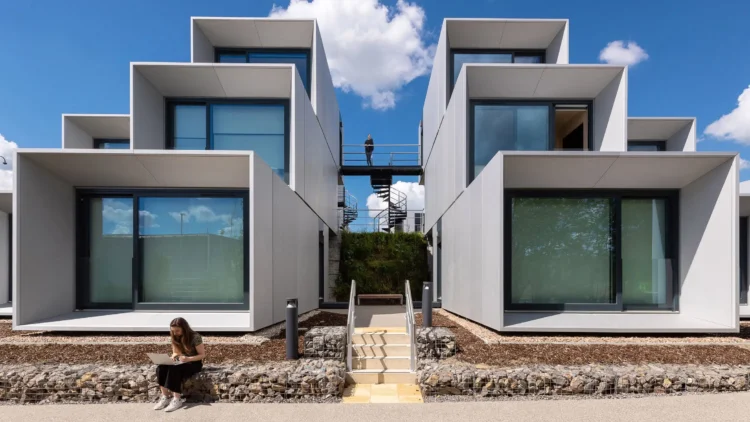
Another potential drawback of prefabricated buildings is their aesthetics. Since prefabs are often made with steel or other materials that are not easily customizable, they can have a uniform appearance that may not be visually appealing to some people. However, this issue can be addressed by choosing a design that incorporates different materials or finishes to create a more attractive look.
Additionally, some people may view prefabs as less desirable than traditional buildings because they are not as unique or distinctive. However, this is not necessarily a significant issue, as many businesses are more concerned with functionality and cost than aesthetics.
Conclusion
In summary, prefabricated buildings offer many benefits over traditional offices, including speed of construction, lower costs, design flexibility, and versatility. However, they also have some limitations, such as limited design options, potential security concerns, and the need for transportation during the assembly process.
For metal office buildings, when deciding whether to choose a prefabricated building or a traditional office, it is essential to consider the specific needs of the business and the desired outcomes. For businesses that require a high degree of customization or that place a high value on aesthetics, a traditional office may be the better choice. However, for businesses that prioritize functionality, cost, and flexibility, a prefabricated building can be an excellent option.
It is also essential to choose a reputable and experienced prefabricated building manufacturer to ensure that the building is safe, secure, and meets local building codes and regulations. With careful planning and consideration, this type of building can be an excellent choice for businesses of all sizes and industries.

